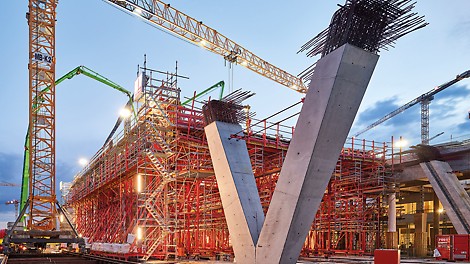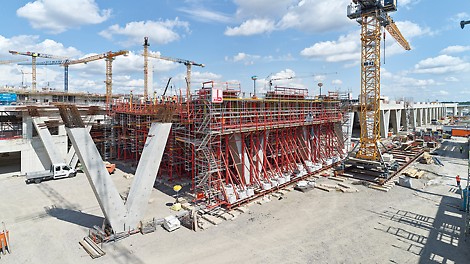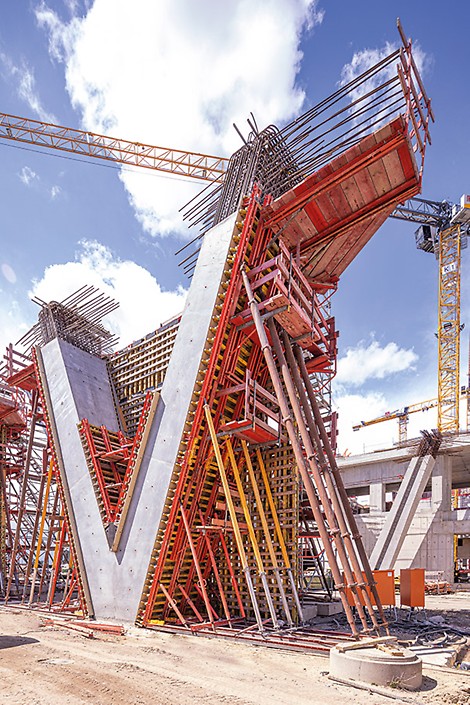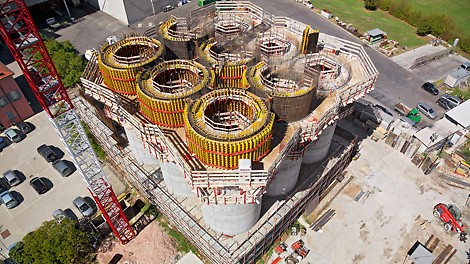
Latest News & Releases
17
Apr
2024



Above water and clouds: Danjiang Bridge reaches record-breaking proportions with PERI Systems
The Danjiang Bridge over the Tamsui River on the outskirts of Taipei is taking giant strides towards record-breaking proportions. The structure, designed by Zaha Hadid, is expected to be the world’s longest asymmetric cable-stayed bridge upon completion in 2025, at an impressive 920.00 metres.
29
Jun
2023

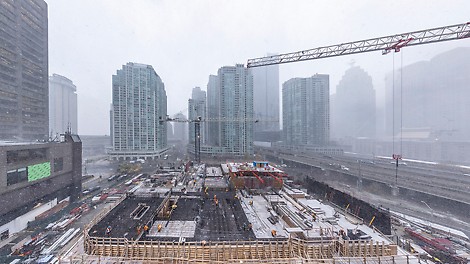
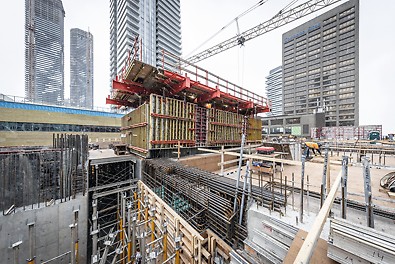
Milestone in the construction of the Fehmarnbelt Tunnel: PERI delivers 10,000 t of special formwork
With a length of 18 km, the Fehmarnbelt Tunnel will be the longest immersed tunnel in the world and is considered one of the largest infrastructure construction sites in Europe.
25
May
2023



The Tallest Residential Tower in Canada is beginning to rise with PERI Climbing Systems
The Pinnacle One Yonge project is a multi-phase development, designed by Hariri Pontarini Architects. With its prominent location, across from Toronto’s harbour, the sleek, masterfully designed towers will reshape the city’s skyline. The first three phases of the One Yonge project include residential towers that are 65, 105 and 92 storeys tall respectively.
02
Dec
2022
